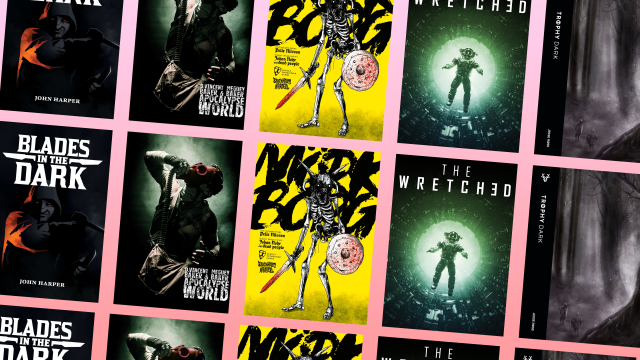If you’re into tabletop games, you’ve probably heard a lot about Dungeons & Dragons lately. After io9 leaked the draft of D&D’s new Open Gaming Licence, the fandom immediately pushed back and forced Wizards of the Coast to retreat. But the OGL is only part of the story: attached to the OGL is a Systems Reference Document — the SRD. The SRD is what outlines and details the parts of the D&D IP that you can legally use by agreeing to the OGL.
D&D, however, isn’t the only game company to explicitly allow work to be made using rules, systems, and portions of the original game’s base framework. Independent designers and studios, as well as larger corporations, have published games and also issued default-use licenses (most commonly under the Creative Commons) in order to encourage third-party participation.
I’ve attempted to gather some of my favourite games that explicitly allow and welcome third-party content. Some of them have SRDs, some just have a CC licence, but all of them have spawned numerous games based on a single system. What this means is that you can learn one game’s set of overarching rules and play many different, more specific games that riff on the basics of the system. Or, if you’re feeling bold, get inspired to write a game yourself!
The Wretched (Wretched and Alone)

A single-person journaling game, The Wretched by Chris Bisette/Loot the Room games is a great entry into solo TTRPGs. Using a deck of cards and a “tumbling block tower,” the system setup creates a tense and immediate scene with a sense of personal investment that puts you fully in the moment, even as you play alone. It also has a system reference document! You can take a look at the Wretched & Alone SRD and then explore the plethora of W&A games.
- The Wretched, Chris Bisette/Loot the Room
- Clever Girl, Matthew Gravelyn
- By the Sounding Sea, Ella Martinez
- Final Girl, Ex Stasis Games
- Murder!, Catscratcher Studios
- And plenty more…
MÖRK BORG

A simple, effective, combat-focused game, MÖRK BORG’s power comes in the compete commitment to the bit. It’s a clean, efficient system that allows for high-stakes, high-reward combat. MB also has a huge amount of resources, digital tools, and third-party adventures and content making it accessible to a wide audience. You can read through its third party licence here.
- MÖRK BORG, designed by Pelle Nilsson (Ockult Örtmästare Games) and Johan Nohr (Stockholm Kartell)
- CY_BORG, Christian Sahlén and Johan Nohr of Stockholm Kartell
- PIRATE BORG, Limithron
- DUKK BÖRG, Gem Room Games
- Vast Grimm, Infinite Black
- Soul Burner, World Champ Game Co
- Fisk Borg, Richard Kelly/Kumada
- ORC BORG, Rowan, Rook and Decard
Belonging Outside Belonging (No Dice, No Masters)
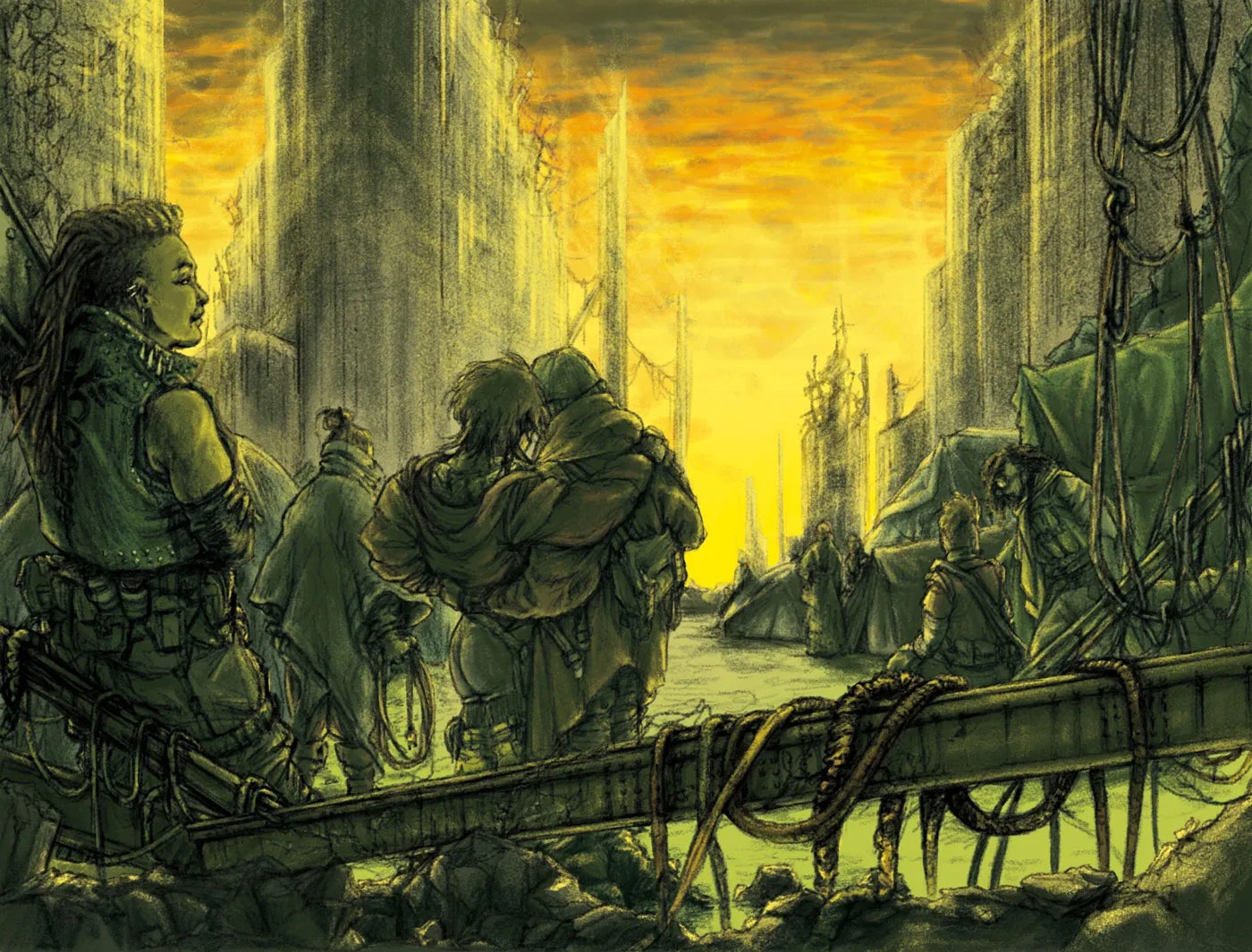
Avery Alder, who also designed The Quiet Year, established the token-based Belonging Outside Belonging system. Using narratives to reward people at your table, the system emphasises interpersonal connections and relationships over anything else. Master-less (or Game Master-optional), the system allows for an intense collaboration among players, and allows for no-prep games where conflicts emerge and resolve naturally as tokens are given and spent in order to dictate narrative control within any given situation.
- Dream Apart, Ben Rosenbaum
- Dream Askew, Avery Alder
- Wanderhome, Jay Dragon/Possum Creek Games
- Thursday, Eli Seitz
- Balikbayan, Rae Nedjadi
- Flotsam, Joshua Fox
- Volley Boys, Kevin Nguyen
Cypher System

The Cypher System is one of those catch-all systems that features just the right balance of “roll lots of dice” crunchiness and the ability to improv narrative beats at the table. It’s got tiered skill set for a modular chargen, which means you can use whichever best suits your character and work your way through improvement. It asks players to roll a D20 to perform a difficulty check for most anything, and combat damage is universally assigned as either light, medium, or heavy. The Cypher System also has an open licence.
- The Cypher System (core ruleset), Monte Cook Games
- Numenera, Monte Cook Games
- Mortal Fantasy, Ganza Gaming
- Mecha vs Kaiju, Jonathan Wright
- We Are All Mad Here, Monte Cook Games
Trophy: Dark
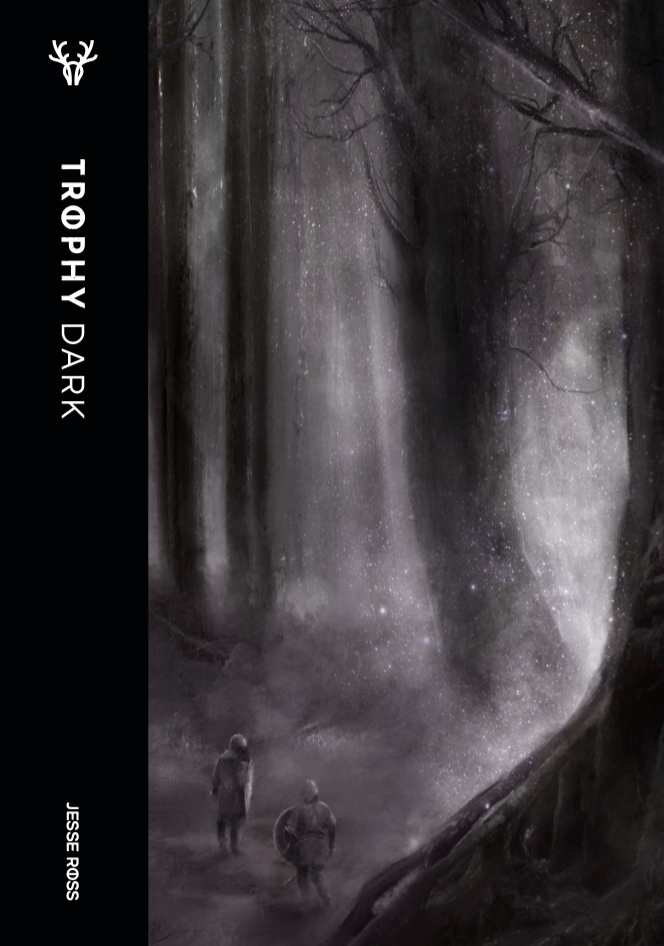
A play to lose game, Trophy: Dark by Jesse Ross, published by the Gauntlet and Hedgemaze Press, is an incredibly lightweight system built for short, quick, TPK campaigns. The beauty of Trophy: Dark is that each third-party adventure (called an incursion) is its own self-contained game. Play is dark and evocative, and each incursion has a built-in support system for GM’s based on tables at the core of the game design. Trophy can be distilled into a contained horror system that allows for a lot of narrative leeway and low-level fantasy. The SRD is here.
- Trophy: Dark, Jesse Ross
- Sunken, Clear Keep
- Penumbra, Jordan Boschman
- Devil, Aim For Me, Michael Van Vleet
- The Paperflesh Advent, Speak the Sky Games
(Fun fact! My first foray into game writing was built on the Trophy: Dark system!)
Mothership (Panic Engine)
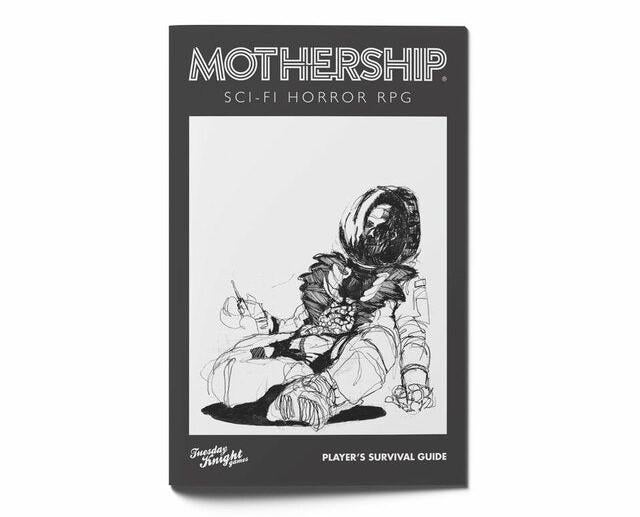
Mothership, the sci-fi/horror game, burst onto the scene a few years ago and has inspired tons of designers to try their hand at a D100 system. It uses the Panic Engine, and the chargen ensures that there’s paths to min/max your build. It’s lightweight and powerful, and forces characters into tough decisions immediately. Tuesday Knight Games also sells third-party content on its site.
- Mothership, Tuesday Knight Games
- Thousand Empty Light, Alfred Valley
- Dissident Whispers, Whisper Collective
- Desert Moon of Karth, Joel Hines
- Knights of Lazarus, Spicy Tuna
- Black Pyramid, Skull Dixon
Blades in the Dark (Forged in the Dark)
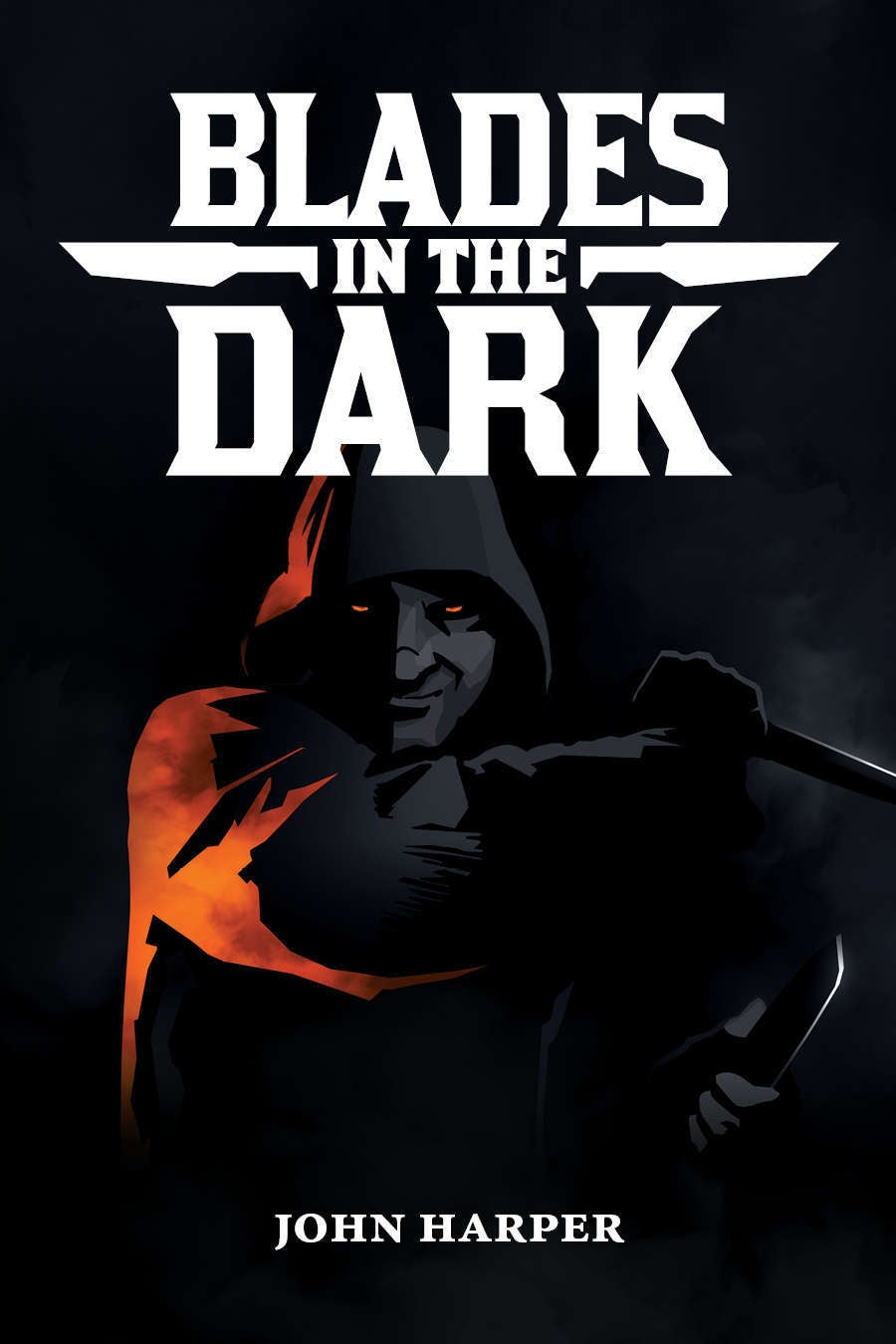
Blades in the Dark is one of those games that I feel like everyone should learn just because it’s such a masterclass on game design. Perfectly suited to heists, intrigue, and faction play, the dice pool system makes every roll feel like a gamble. With hugely popular third-party market based around its Forged in the Dark licence, there is no end to the hijinks you and your crew can get up to. With customisable playbooks and an ingenious flashback mechanic, this low-prep heist system is an excellent one to add to your arsenal.
- Blades in the Dark, John Harper
- Brinkwood: The Blood of Tyrants, Far Horizons Co-Op
- Band of Blades, Off Guard Games
- Scum and Villainy, Off Guard Games
- Court of Blades, A Couple of Drakes
Apocalypse World (Powered by the Apocalypse)
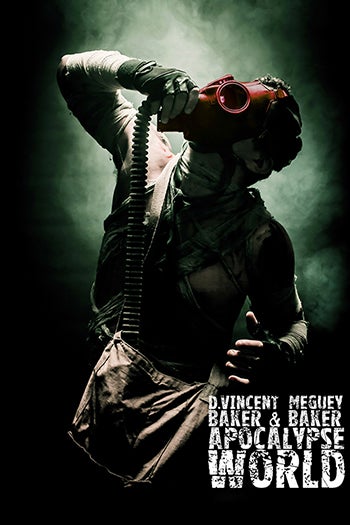
Based on the system engineered for Apocalypse World by D. Vincent Baker and Meguey Baker, Powered by the Apocalypse systems are typically a narrative-focused, high-stakes adventure system that easily allows for genre emulation and evocative, character-driven storytelling. It has no SRD (although the Bakers are working on one), but it does have an open use policy, detailed on their site. Because of this, there is no set definition of a PbtA game, as the Bakers have stated that “[Powered by the Apocalypse] signifies ONLY that the game was inspired by Apocalypse World in a way that the designer considers significant, and that it follows our policy [with regard to] others’ use of our creative work.”
Most PbtA games do have some familiar elements: archetypal chargen using playbooks, “moves” rather than skill checks, an item system that utilises tags, and combat that goes for a vibe check more than a protracted, hours-long whittling down of a BBEG’s hit points. This system typically uses 2D6 and ensures that every single roll will have narrative consequences. With a lightweight framework and the possibility of high-impact narratives PbtA games are incredibly popular and learning this system opens the door to hundreds of other games. One of my personal favourite systems, I will always default to a PbtA game when offered a choice of games.
- Monster of the Week, Michael Sands
- Thirsty Sword Lesbians, April Kit Walsh
- Monsterhearts, Avery Alder
- Interstitial: Our Hearts Intertwined, Linksmith Games
- The Sprawl, Hamish Cameron
Additionally, the RPG company Magpie Games almost exclusively uses the PbtA system, and it has produced work like Masks, Urban Shadows, Pasion de las Pasiones, Cartel, Bluebeard’s Bride, and more — all written by different authors who work with Magpie as a publisher/producer.
I’ve left out quite a few notable systems, and I know it! However, I hope to update this slideshow to feature as many systems and SRDs as possible, including favourites like Lasers & Feelings, Cairn, Troika, and many, many more! That said — anyone who comes into the comments to say GURPS or THAC0 will be sprayed with a water bottle.
